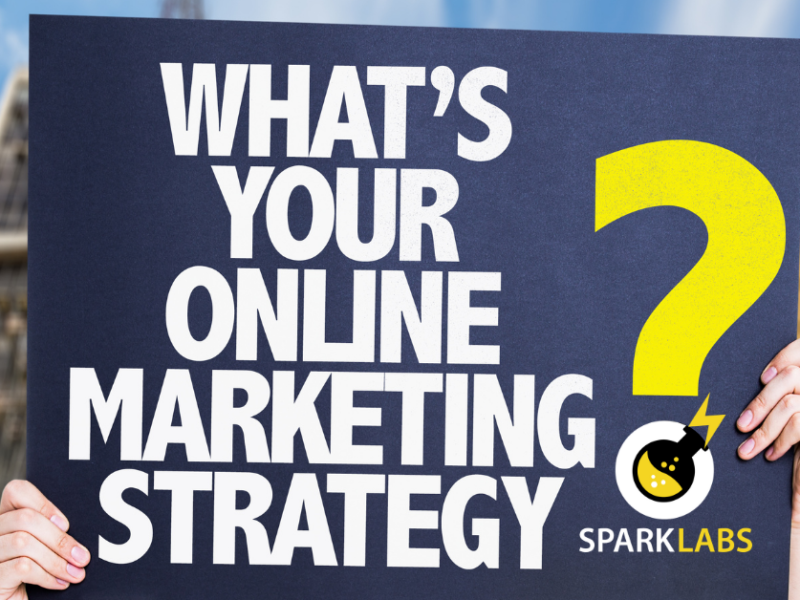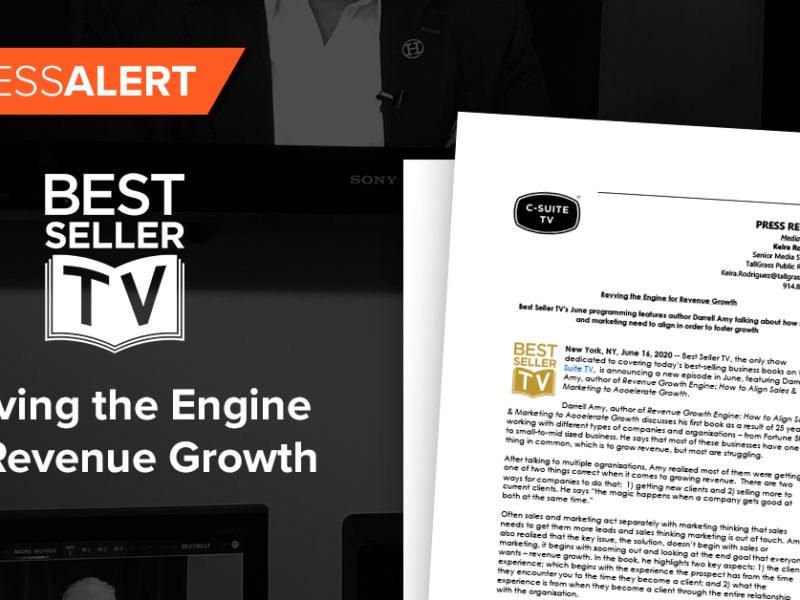
Should You Trust Artificial Intelligence to Drive Your Content Marketing?
Should You Trust Artificial Intelligence to Drive Your Content Marketing? https://csuiteold.c-suitenetwork.com/wp-content/uploads/2017/07/should-you-trust-artificial-intelligence-to-drive-your-content-marketing.png 946 521 C-Suite Network https://csuiteold.c-suitenetwork.com/wp-content/uploads/2017/07/should-you-trust-artificial-intelligence-to-drive-your-content-marketing.png
Before breakfast, I check my Facebook and LinkedIn newsfeeds for a quick synopsis of the day. As I jump in the shower, I hit “download” on a recommended movie on Netflix, knowing I have a long flight this evening. While wolfing down my cereal, I click once to buy a gift for a friend’s birthday next week. My iPhone pings to tell me that I need to leave now if I want to make that early meeting 54 miles away. And as I get in my car, I use voice activation to play my favorite Spotify playlist, and Apple Maps informs me it will take five minutes to drive to the train station this morning.
With real examples of demonstrable value in the market, we can no longer sarcastically joke that AI means “almost implemented.”
We are all being conditioned to rely on technology in our daily lives, not just for communication, but also for decision-making. This ever-deepening interface with technology is rewiring our brains to process information differently, as Nicholas Carr writes in The Shallows. It is the same with our customers.
Popular consumer apps have led to the unconscious mass adoption of advanced, predictive technology. And yet … while we are increasingly outsourcing our cognitive processes to myriad consumer apps and tools, the enterprise is only now waking up to this new level of customer expectation. This lopsided adoption is most clear when we consider that we now trust a car’s built-in collision-avoidance system to protect our lives, yet still question whether a machine can recommend what to write next in a marketing program or which customer should receive a new product offer.
We trust artificial intelligence to drive our cars safely but not to recommend marketing strategy.
Inconvenient truth
Over the past 10 years, marketing automation has grown into a billion-dollar industry by promising to bring personalization and efficiency to marketing programs. The siren call of automated lead nurturing, lead scoring, and triggered responses to critical prospect activities has proved irresistible to B2B organizations: There were nearly 11 times more companies with marketing automation in 2014 than there were in early 2011 (SiriusDecisions), and 60% of companies turning over at least $500 million adopted marketing automation by 2014 (Raab Associates).
However, the inconvenient truth about first-generation marketing automation is that it is not really automated. It is a fantastic central workflow tool that can achieve scale, but it requires resource to set up, integrate, manage, and optimize. Indeed, in many B2B organizations, the phrase “feed the beast” has been accepted into marketing parlance as a way of describing the resource demands of marketing automation. Most fundamentally, there is the issue of rule creep. As you set up campaigns, you define business rules: “If A happens, then do B” or “If the individual has this characteristic, then put them in segment 4.” These can be simple to start with, but are always an inadequate reduction of complex and varied buyer journeys. So, you add more rules to make the campaign more targeted. And every time you measure results, the outcome is that more rules need to be written. Some of our enterprise clients estimate that they spend $500,000 per year on these manual elements of marketing automation – and that is disregarding the vital and significant investment in ongoing content creation.
While marketing automation promises the world, what it actually does is automate the execution of content marketing, while decision-making remains an impractically manual effort. It offers marketers a strong workflow and even insights, but fails to provide an automated way to act on those insights at scale. Fundamentally, the content in those systems is dumb; the system doesn’t understand what the content is about and who should read it. To track those looking at how to address this, Forrester recently started a new research theme it calls “content intelligence,” which it defines as “the use of artificial intelligence technologies to understand and capture the qualities inherent in any content.” As the marketing technology analyst David Raab says, “Something has to give: Either marketers stop trying to make the best decisions or they stop relying on rules.”
Expectation gap
In the face of relentlessly rising customer expectations, leading marketers are investing in AI-based tools – a category that encompasses everything from personalization tools that “learn” from individuals’ online behavior to recommend content more effectively, to tools that can detect minute patterns across massive consumer data sets and predict future behavior. These are some of the most interesting on the increasing list of potential applications for AI in marketing:
- Content strategy – recommending what content to create next
- Campaign strategy – recommending what sequence of communications to deliver
- Personalization – recommending the right content for each customer based on behavior
- Segmentation – clustering customers based on behavior or intent
- Copy automation – automatically generating subject lines and descriptions
- Lead or account prioritization – ranking leads or accounts by their likelihood to close
- Sales strategy – recommending the right product/service offering and content to use in sales
- Sales intent – predicting the right product offering, deal size, and close date
- Retargeting – recommending the right content within retargeted ad units
Since the major marketing suites have yet to fully deploy or productize their AI offerings, adopting AI usually requires a blend of point solutions and…






